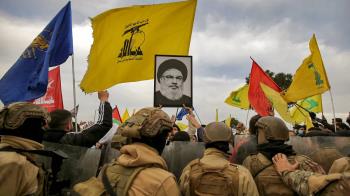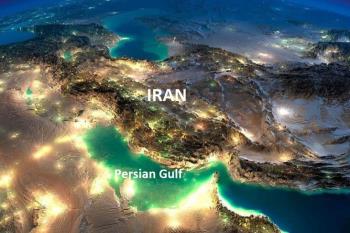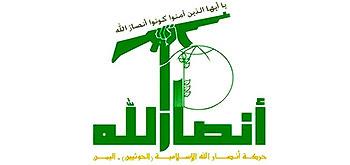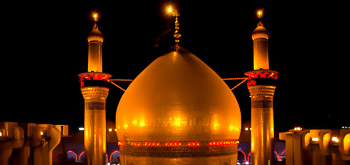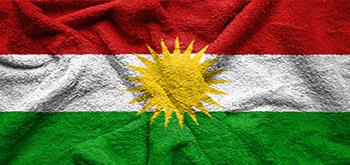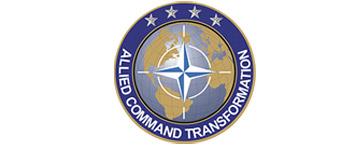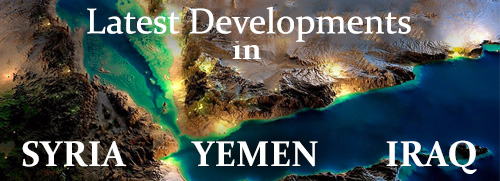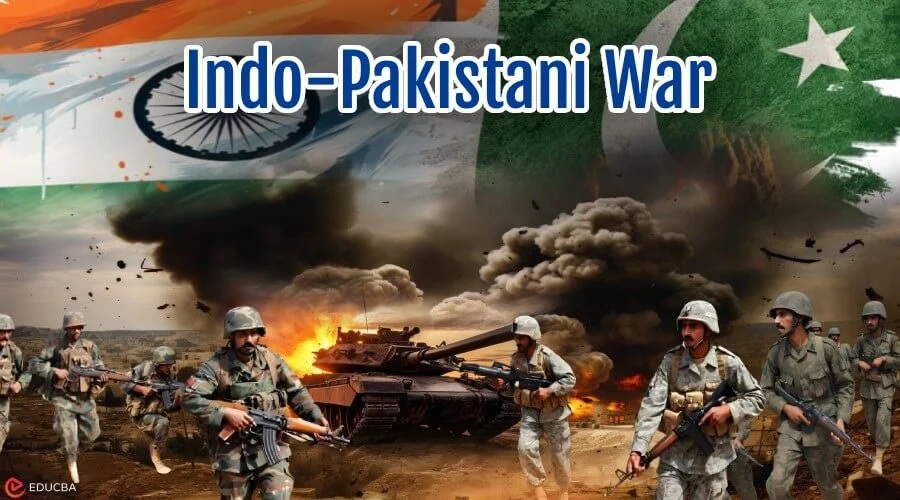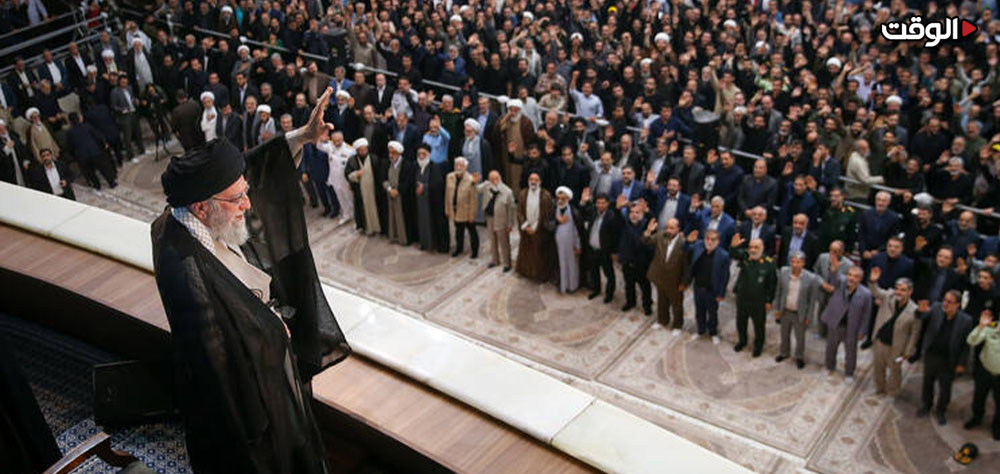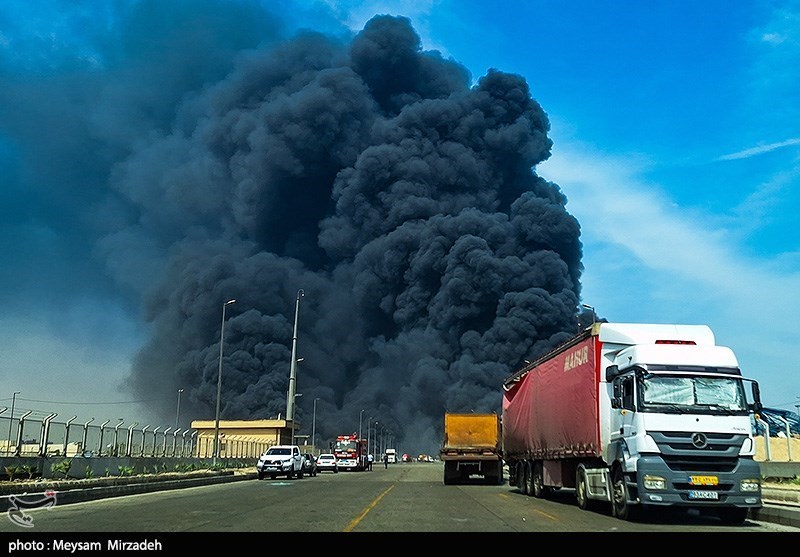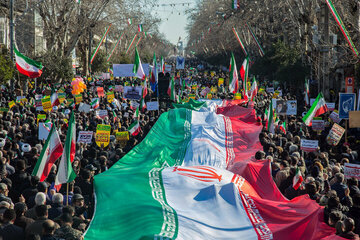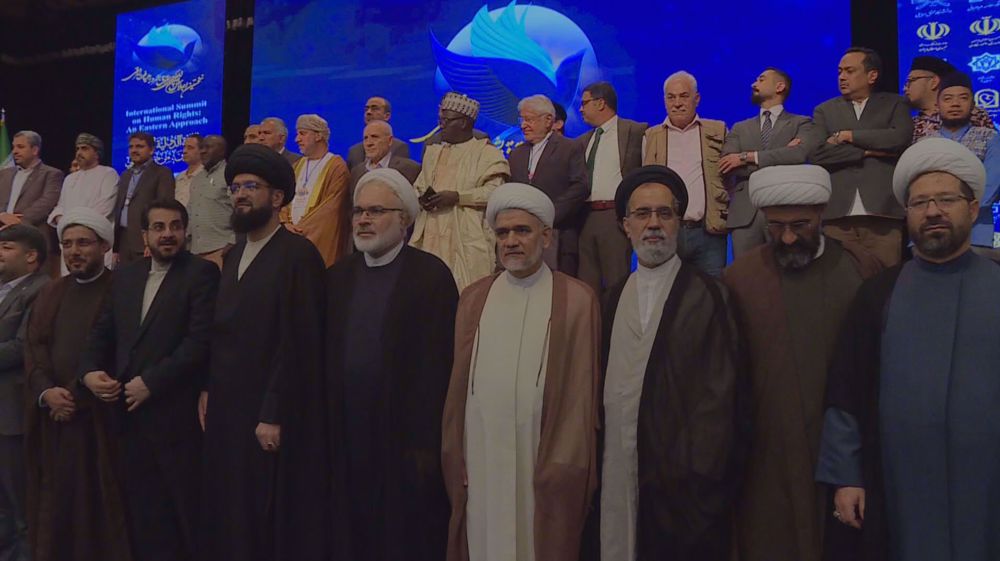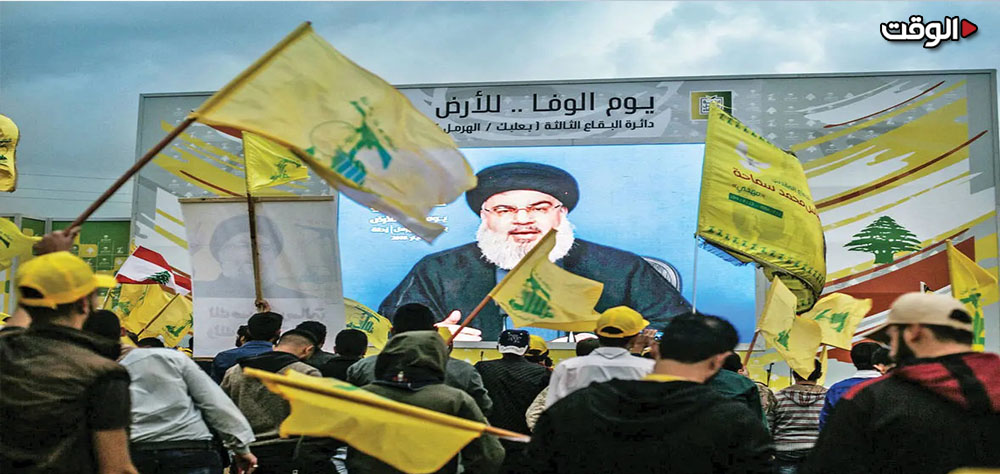Alwaght- If India and Pakistan go to a broader war, the consequences will very likely affect Central Asia.
Actually, given the closeness of this region to Afghanistan and the increasing significance of the Central Asia in the East to West transit routes and the energy arteries across the region, this conflict can disrupt the trade and energy routes, encourage extremism, and cause further competition of such big powers as China, the US, and Russia, which will potentially impact the Central Asian security.
Intervention of foreign powers
The Central Asian republics are currently scene to competition of the foreign powers. The clashes between India and Pakistan can embroil the powers to secure their interests in the region in a more aggressive way.
This competition is now active in neighboring regions in West Asia and Eastern Europe, in the flash points of the Ukraine and the Middle East, and it is not far-fetched to expect that it will spread to Central Asia.
As the world moves towards an increasingly confrontational US-China relationship, Beijing is growing as a closer ally of Pakistan and a backer of the $65 billion China-Pakistan Economic Corridor (CPEC). China is keen to deepen its presence in Central Asia to secure trade routes and counter India’s regional influence. This has accelerated Chinese investments in Central Asian infrastructure and energy projects, with bilateral trade increasing in recent years, reaching $89 billion in 2023, up 27 percent from 2022, of which China’s exports to Central Asian countries accounted for $60 billion.
This partnership may expand beyond infrastructure projects to the security sector in the coming years given Moscow’s need to devote all its resources to the war with NATO in Ukraine. And Beijing will benefit from the Central Asian arms market while so far cooperation with these regional states has been limited to counterterrorism cooperation and intelligence sharing with Tajikistan.
It is also possible that Russia, given its historical ties with Central Asia and joint membership with Central Asian republics in the Collective Security Treaty Organization (CSTO), will use the India-Pakistan conflict to strengthen security and military partnerships with its Central Asian neighbors, as Moscow has recently announced that it will assist the Taliban government in its fight against the Afghan branch of ISIS (IS-Khorasan).
But just contrary to China, Russia is an ally of India. New Delhi is one of the top purchasers of the Russian weapons, buying $60 billion worth of weapons from Moscow, which accounts for 65 percent of the total Indian arms imports.
Meanwhile, the US and Europe, which have pursued the expansion of influence in Central Asia in recent years, mainly through infrastructure investments and economic cooperation to counter China and Russia, may become more hopeful about starting military and security cooperation with these countries as concerns about the spread of insecurity grow.
Washington may also try to use the disorder on the Afghan border with Pakistan to pressure Iran. Disorder in Pakistan's Balochistan province, as the poorest region in the country, may render terrorist and separatist groups more active.
As a result, increased competition of powers in this region due to war may push Central Asia towards fragmentation, in which some countries tend towards China (such as Turkmenistan) and others towards Russia or the West (such as Kazakhstan, Uzbekistan), something expected to disrupt regional unity.
Afghanistan as a combustion point
Sharing borders with Pakistan and Central Asian countries, Afghanistan is expected to become a hot spot should a war start between Islamabad and New Delhi. As much as the Pakistani-Afghan relationship in recent months have gone escalatory due to the alleged support of the Taliban to the Tahreek-i-Taliban Pakistan (TTP), the relations between Kabul and New Delhi have been stable and growing. However, the militants in Afghanistan may be encouraged to joint fight against India beside Pakistan militias like Lashkar-e-Taiba, Jaish-e-Mohamned, and others.
Therefore, instability is expected to spill over from Afghanistan into Central Asia, particularly Tajikistan and Uzbekistan, where, with the presence of Takfiri groups (for example, the Islamic Movement of Uzbekistan, which has pledged allegiance to Al-Qaeda), ISIS could sieze the war opportunity to expand its presence in the region.
Economic consequences will also be seen in the form of delays in development projects such as the Trans-Afghan Railway, the Turkmenistan-Afghanistan-Pakistan-India (TAPI) gas pipeline, and the CASA-1000 renewable energy infrastructure project, and a decline in foreign direct investment. Historical experience in the years between the start of the Afghan civil war in 1992 and the end of the NATO occupation of Afghanistan in 2021 shows that the region’s economy has suffered from the instability in Afghanistan.
So, just before the possible outbreak of war, the World Bank forecast a slowdown in economic growth for Central Asia. In this report, Kyrgyzstan and Tajikistan will experience a significant decline in growth, Kazakhstan's decline will be less noticeable, and Uzbekistan's growth rate will remain stable at 5.9.
Disruption of trade routes
Central Asia relies on transit projects like China-Pakistan Economic Corridor (CPEC) and the International North-South Transit Corridor (INSTC).
War could hinder the CPEC corridor, which connects China’s Xinjiang province to Pakistan’s Gwadar port, passing through disputed areas such as Kashmir. It would also jeopardize India’s trade routes to Central Asia via Iran and Afghanistan if the conflict in Afghanistan escalates. But if Indian merchant ships are not harassed by the Pakistani navy, the impact of the war on India-Central Asia trade could be minimized and they could safely dock at Iranian ports, especially Chabahar.
In the event of war, stricter border controls would also undermine the facilitation of regional trade, which had been strengthened by ease of border controls and the resolution of territorial disputes between the countries, which had raised the possibility of a unified regional market, a process that began in earnest after Shavkat Mirziyoyev was elected president of Uzbekistan in 2016.
Central Asian republics do business with India and Pakistan and are not interested in being dragged into war against either side of the conflict. Kazakhstan, Uzbekistan and Turkmenistan, the three largest economies in the region, all import packaged medicines and vaccines from India and most food products from Pakistan. India also sources most of its uranium imports from Central Asia.
Pakistan and Kazakhstan recently signed a transit trade agreement under which goods from Central Asia will be transported through Pakistan’s ports of Karachi, Bin Qasim and Gwadar. The war is prompting insurers to cancel coverage for their planes, trucks and cargo, delaying the benefits of the agreement.
Also, several Central Asian countries are members of the Shanghai Cooperation Organization (SCO). So, tensions can heighten the Indian-Chinese competition in SCO and affect the Central Asian game of balance.
Additionally, fear of crisis spillover may motivate the Central Asian states towards security and military spending increase and divert the resources from economic development. Over half of the Central Asian population is below 30, and have high expectations and the governments seek to meet them through boosting educational and economic opportunity and diversifying the economy through moving from agriculture and mining to technology, services, and tourism.
Nuclear risks
Another worrisome issue for Central Asia is India and Pakistan being nuclear states. Even a limited nuclear conflict can have horrible environmental and climatic impacts, disrupting agriculture and exports and destroying agricultural exports. That is because the purchasers will fear radioactive pollution. In Uzbekistan, agriculture accounts for about 25 percent of GDP and about a quarter of the workforce is active in this sector.
Conclusion
By paralyzing regional trade bases, facilitating terrorism and extremism, and heightening the competition of powers, the war between India and Pakistan will unsettle Central Asia. Central Asia's proximity to Afghanistan and dependence on transit projects make it more vulnerable to crisis. The regional states will face economic pressures, security threats, and pressure for alignment with foreign powers, something expected to fracture regional cooperation.

